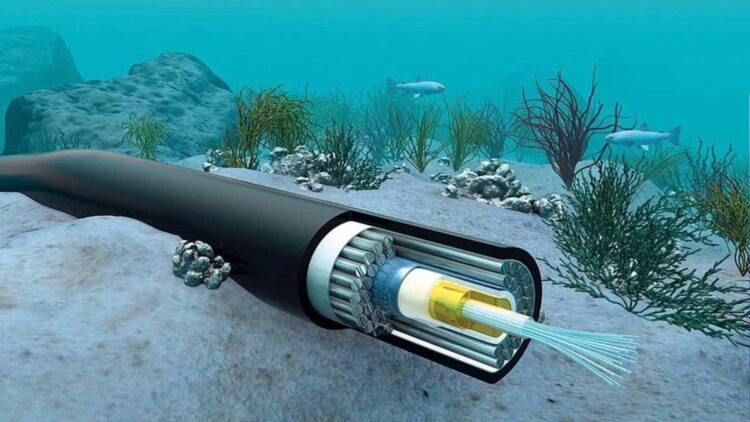Beneath the surface of our oceans lies a network vital to modern life: undersea cables. These thin cables, which carry 99% of the world’s internet traffic, are protected by an invisible force – repair vessels, technicians, and scientists in a never-ending war.
From natural calamities like earthquakes to human interferences, these cables must endure a war of existence. It is time to explore the world of undersea cables and the relentless struggle to keep them running all the time.
A hidden battlefield: How nature wages war on cables
The deep sea is not as calm as it may be depicted. Turbidity currents, which are underwater landslides resulting from an earthquake, are one of the harshest forces of nature on cable systems. An example of a historical event is the 1929 Newfoundland earthquake that led to a massive landslide that tore 12 transatlantic cables. These events showed the power of sediment flows that can move at the speed of up to 80 mph and snap cables in ripple distance.
Contemporary cables are built to cope with natural threats, but risk remains. Natural disasters such as volcanic eruptions, such as the Tonga explosion in 2021, reveal how natural disasters can confine nations for weeks. Climate change makes it worse. For instance, floods in areas like West Africa enhance sediment flows that endanger cables. However, the deep-sea environment is still uncertain and risky regardless of the progress in the field.
In these challenges, scientists have transformed adversity into opportunity. Cable breaks have assisted in such discoveries as underwater landslides and earthquakes and valuable information on oceans.
Man-made threats: Human activities disrupting the network
Contrary to expectations, the most significant dangers for undersea cables are those created by people. Fishing gear contacts such as nets, anchors, and trawling cause 70-80% of the cable faults. As fishing vessels move into the deeper waters, the danger rises, particularly in areas where small boats with limited crews go.
Intentional cases have also been reported, which are common during politically sensitive systems. The events in the Baltic Sea that took place recently and that are believed to have been related to the use of hybrid warfare point to the susceptibilities of the undersea cables. These attacks disrupt global communication, and as such, there are questions concerning the security of this infrastructure.
These threats are managed through improvements in cable mapping and educating the public. New-generation technologies, such as automatic identification systems (AIS) for ships, have minimized accidental damage. However, the threat of deliberate interference persists, requiring the cooperation of the world’s countries.
Repairing the damage: The underwater army in action
The reaction is quick and well thought out whenever a cable is damaged. There are numerous specialist repair ships based globally, and these are underway searching for faults. With the grapnels, these ships pull up the cables on the seafloor, which may sometimes be more than 1500 meters deep. The technicians work to fix the cables on board and check whether they connect well again.
In relatively shallow waters, ROVs excavate the seabed, lay the cables, and cover them up in case of future disturbances. In deep installations, large plows weigh up to 110 tons to ensure cables are firmly buried into the sea bed.
Such a repair process is the best human resources, and hard work can offer. It also shows just how valuable these cables are, which make up the infrastructure of the world’s communication systems. Without them, our internet-reliant society would come to a complete standstill, making the work of this underwater army invaluable.
The history of undersea cables is a history of both strength and creativity. These thin cables fight natural disasters, human intervention, and the mysterious world beneath the water to make the world connected.
Despite the numerous problems, scientific and engineering professionals, as well as repair teams, make sure the world remains connected. The next time you watch a video stream or send an email, think of the unseen heroes who protect this submerged web – an army that continues a perpetual war beneath the ocean.

